Technology moves fast in today’s world, but this is not necessarily a good thing. The reliance we have on the World Wide Web and Intel CPUs is advertised by the biggest corporate marketing departments as nothing but a good thing. The fact that the biggest parts of our computer hardware, computer software, and internet functionality is provided by monopolies is glossed over, if it is mentioned at all.
Here I want to address the 2018 Hackaday Prize submission criteria of “Building Hope”, and why my competition entry does build hope. The category of the competition I am entering is Open Hardware, and I want to show how my open hardware design builds hope.
My open hardware entry is an internet-enabled 8-bit portable computer. I am aiming for my design to be as low cost as possible, and I want it to avoid many of the devastating problems I can see with most contemporary internet-enabled portable devices. The two main problems I want my 8-bit computer to address are (a) the devastating privacy and security problems of HTTP (the World Wide Web) as the main platform for internet connectivity; and (b) the devastating security problems of modern Intel CPUs, which can be found in the vast majority of internet-connected consumer devices today.
HTTP: Bad for Privacy, Because of Bad Politics
The internet is now loaded with non-free javascript. A great many websites secretly and silently load lots of programs onto your computer, and this is an invasion of privacy. In some cases the programs non-free javascript load onto your computer are malware.
The same sort of principle behind non-free javascript invading your privacy and compromising your security applies to the way Graphical User Interfaces on modern devices work. The way users interface with their mobile phones and tablets is anything but transparent. Phones and computers are now supposed to be nothing but a collection of “apps”. Today’s mobile phones are easy to use, but it is impossible to tell exactly what your device is actually doing with the data you are giving it. You can’t access logs, you can’t start and stop services and daemons yourself, and you can’t manage memory in the same way you can, say, from a Command Line Interface.
Many modern devices are designed just to go on the web. We call low end lean terminals with operating systems based on Chrome “netbooks”. This is a terrible way to use computers, and a terrible way to use the internet. HTTP is an inefficient and insecure method of information distribution. The shift to using cloud computing in order to be productive and useful presents a scary prospect for information safety and privacy.
In some contexts, the entire user interface of a user’s computer is HTTP, loaded with javascript. The web is frequently used exclusively for being productive, being social, or being entertained. The problems with computer Graphic User Interfaces carry directly over to web productivity, with the added security vulnerabilities of cookies and non-free javascript. The metadata fingerprints we are leaving behind while doing our work on web interfaces is like a barrel of radioactive waste, spewing out traces of radiation everywhere.
This article (https://www.w3.org/Protocols/HTTP-NG/http-prob.html) by Simon E Spero shows that HTTP is a slow and inefficient internet protocol. Most of the time, HTTP is waiting. The slow start to HTTP connections hurts performance, and slows down the Round Trip Time (RTT). HTTP is also a highly centralised protocol. This means that all HTTP data is stored in a centralised server, and all clients must negotiate with the central server 100% of the time in order to establish connections and distribute data.
USENET is entirely different. NNTP is a much more horizontal method of information distribution. Servers synchronise messages and data with other servers, and this means that users can connect to their local server in order to access data. NNTP spreads...
Read more » Blair Vidakovich
Blair Vidakovich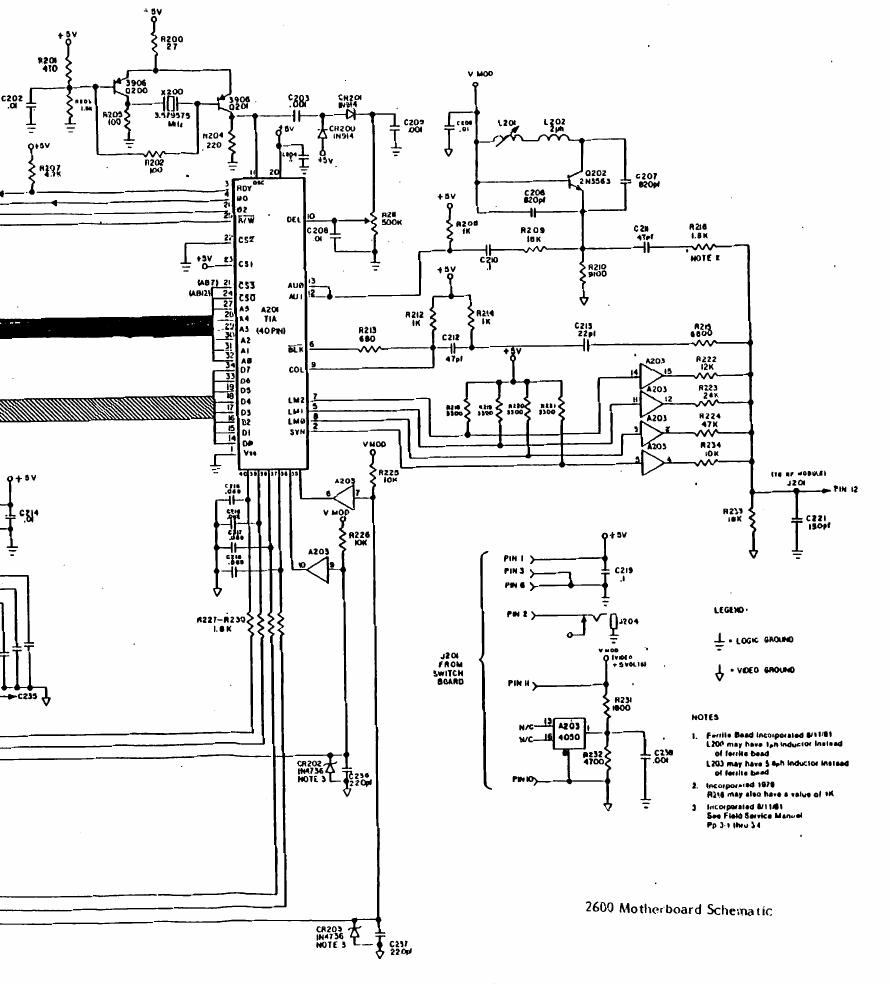 I will draw up schematics showing how I will change this circuit to display composite video and monoaural audio.
I will draw up schematics showing how I will change this circuit to display composite video and monoaural audio.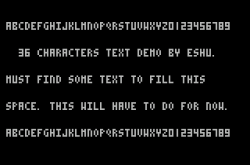 And another example of text display on the TIA. This is 24 columns:
And another example of text display on the TIA. This is 24 columns: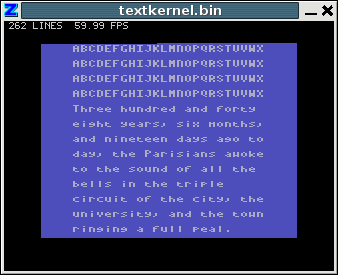 Both the TIA and VIC chips are available for cheap online as new parts, and also in broken machines, so I think this is a good idea.
Both the TIA and VIC chips are available for cheap online as new parts, and also in broken machines, so I think this is a good idea.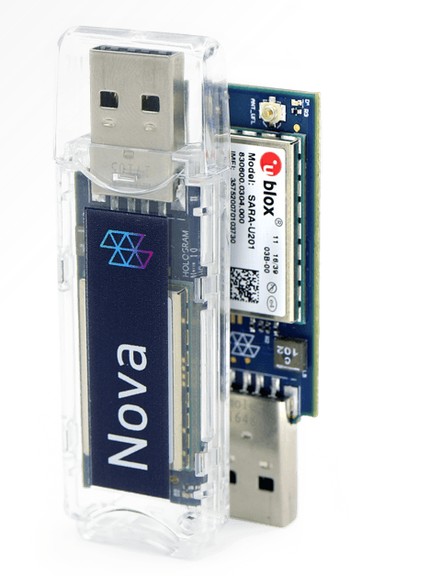
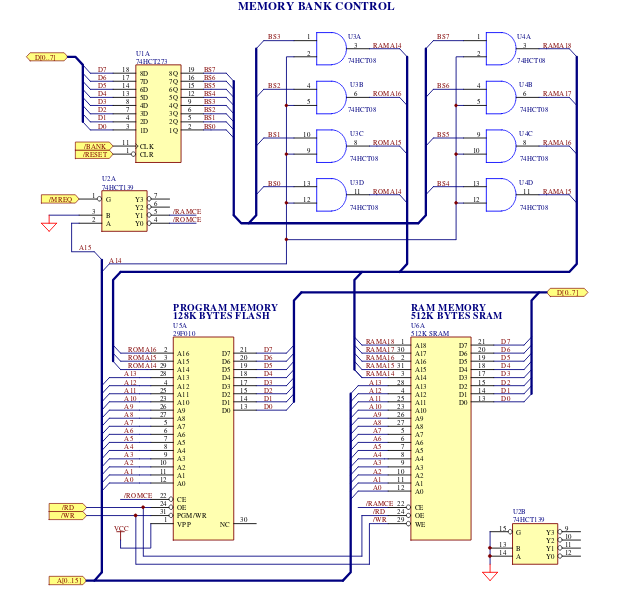
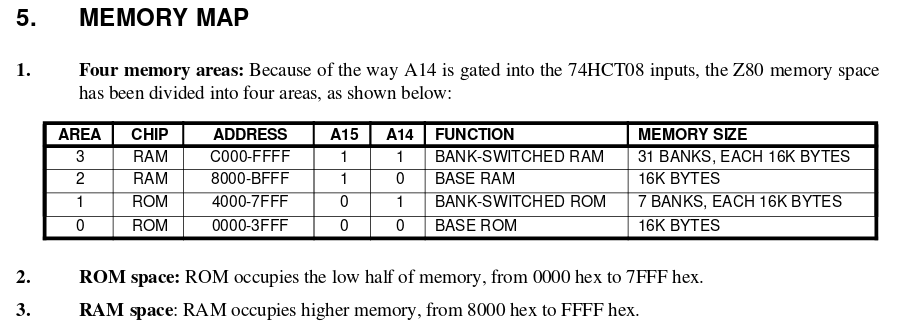
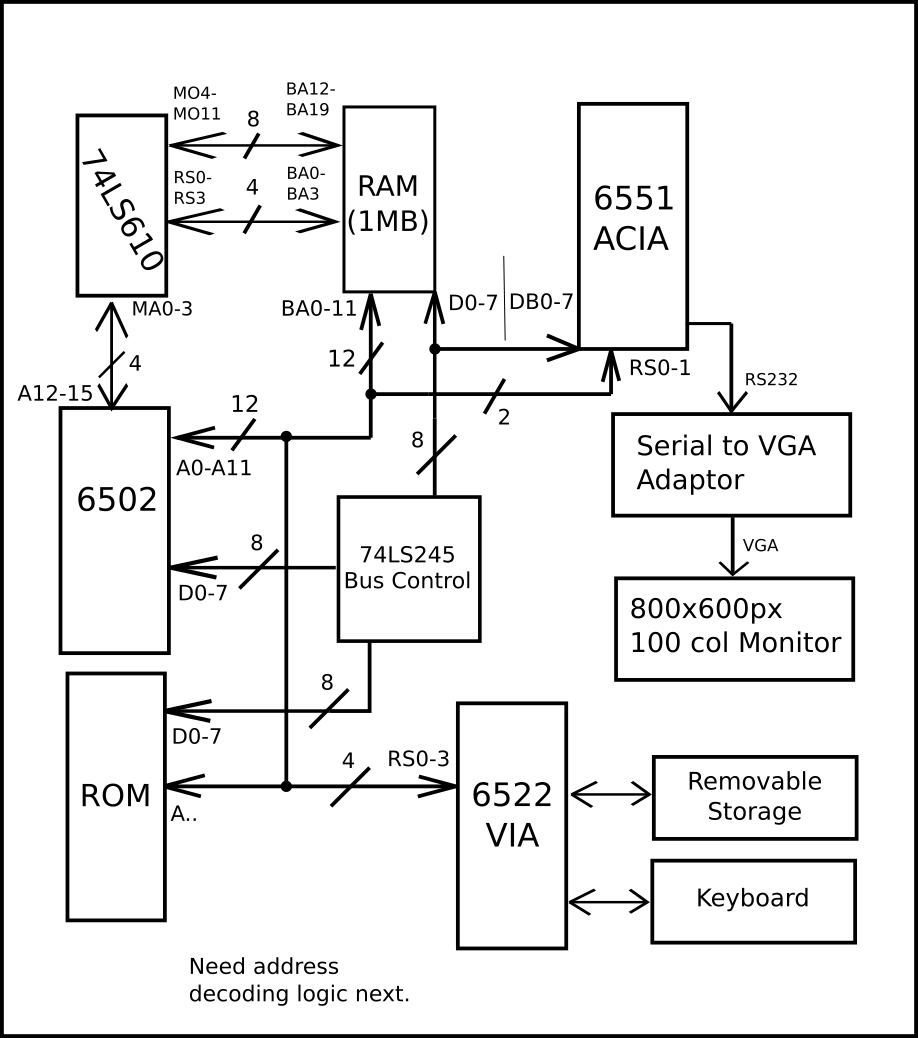
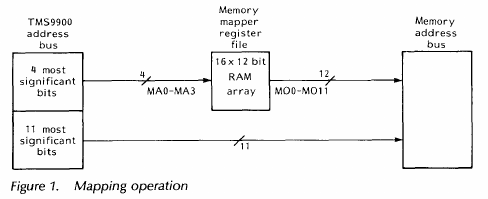
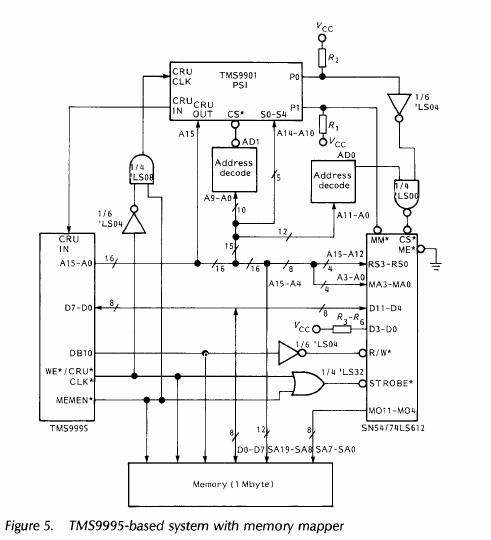
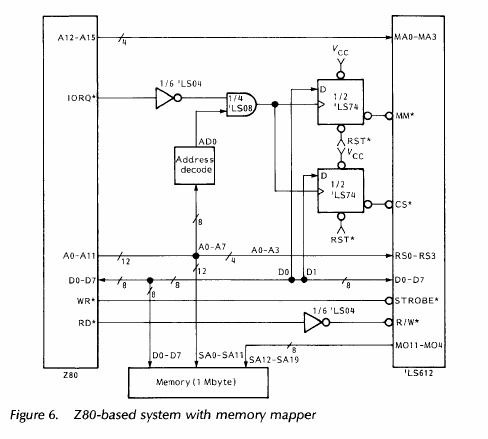

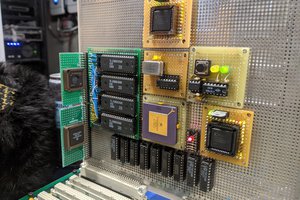
 Jason Westervelt
Jason Westervelt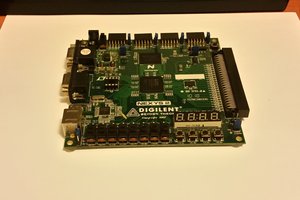
 Samuel A. Falvo II
Samuel A. Falvo II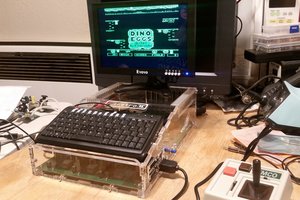
 Jon Thomasson
Jon Thomasson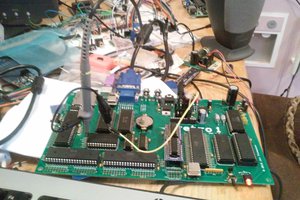
We need this project. I am very interrested to see how this turns out. Best of luck, good sir!